The costs associated with broadband are increasing with frustrating regularity, despite the fact that it has quietly become as necessary as running water. The paradox of faster speeds and more expensive prices is eerily reminiscent of the music business, where streaming services promise limitless access while squeezing artist royalties. The trade-off is more obvious for households: either spend more money annually for faster internet or risk falling behind in a society that is becoming more and more influenced by gaming, streaming, and remote work.
One of the most effective strategies in the business is promotional pricing. Businesses entice customers with enticingly low monthly prices, but the savings disappear after a year. Families are frequently forced to reevaluate their budgets as a result of that initial renewal. It is incredibly successful marketing, similar to how luxury brands use temporary partnerships to generate urgency. Customers are locked into higher bills because they rarely want to go through the trouble of switching providers once they’ve been hooked.
| Category | Details |
|---|---|
| Promotional Discounts | Introductory offers expire after 12–24 months, replaced by significantly higher standard rates |
| Annual Price Hikes | Providers raise charges to cover energy, staffing, and network infrastructure expansion |
| Hidden Fees | Installation, activation, regulatory surcharges, and network access fees often appear without notice |
| Leased Hardware | Renting modems or routers adds a recurring monthly cost, often for outdated devices |
| Data Overages | Crossing data caps triggers penalties and pricey add-on charges for extra usage |
| Home Equipment Limits | Old routers or weak Wi-Fi setups prevent full use of higher speeds being paid for |
| Bundled Packages | Bills may include extra TV, streaming, or phone services that inflate overall costs |
| Infrastructure Spending | Fiber rollouts and 5G adoption push companies to recover large-scale investment |
| Market Competition | Limited competition in many areas lets providers raise prices unchecked |
Although it is frequently exaggerated, the infrastructure argument is real. It takes billions of dollars to connect distant communities or build fiber networks across expansive suburbs. Similar to how automakers justify price increases with claims of innovation, executives use these projects as an excuse for rate increases. However, a lot of people still wonder if consumers should pay the full cost of corporate investments that raise company valuations. Customers have long borne the costs of grid modernization, so the debate is as old as the energy industry.
Monthly bills are subtly increased by equipment fees. Renting a router or modem for $10 to $15 a month might not seem like much, but after a few years, it’s a lot like renting an iPhone without ever owning it. Celebrities like Chrissy Teigen have openly bemoaned enigmatic line items in their internet bills, bringing attention to problems that are frequently written off as trivial aspects of household budgeting. Ironically, a lot of renters are paying for antiquated equipment that can’t handle gigabit speeds. It can be very effective to upgrade equipment on your own, saving money and greatly increasing speed performance.
Another layer is added when Wi-Fi is distributed inside homes. Large, contemporary homes with numerous devices operating at once are frequently too much for a single router to manage. Previously considered a luxury for tech enthusiasts, mesh networks are now especially useful for families. Similar to how celebrities now insist on having top-notch home gyms or wellness spaces as part of their lifestyle, regular consumers are also making investments in digital infrastructure to support seamless streaming and remote work settings.
Another subtle trap is data caps. Overage fees are becoming a common annoyance as gamers download larger files and streaming services push 4K content. Unaware that they were using up their monthly allotment, millions of people watched Beyoncé’s Renaissance tour documentary in ultra-HD on Disney+. The resulting penalties were crushing for households that were unaware of the cost of high-definition indulgence, but significantly improved revenue streams for providers.
Pricing is also influenced by geography. When there are several providers in a city, competition guarantees comparatively more affordable prices. However, monopolistic practices flourish in rural areas, where customers must pay more for slower service. The disparity reflects larger cultural divides, as rural families struggle with buffering video calls while city-based influencers show off lightning-fast connections. In addition to being inconvenient, this imbalance widens social and educational gaps, especially as workplaces and schools rely more and more on high-speed connectivity.
Inflation exacerbates the problem. Broadband bills gradually increase under the pretense of “operational adjustments,” much like grocery store shelves get smaller while prices increase. Although energy costs, supply chain pressures, and wage growth are mentioned by providers, there is still a lack of transparency. Internet access is comparatively inelastic, according to economists; even when prices increase, customers hardly ever cancel. Similar to how concert promoters boldly charge hundreds for Taylor Swift tickets knowing that fans will pay anyhow, this reality gives providers the confidence to raise prices without worrying about mass defections.
The importance of autopay cannot be overstated. Vigilance decreases after customers establish recurring payments. Smaller hikes go unnoticed for months at a time. Numerous stories on Reddit describe people who are shocked to discover that their bills have increased by $20 to $40 without their knowledge or consent. According to small business veteran Terry Lambert, customers could negotiate resets if they just called their providers. The system is very effective for businesses, but the issue is that few people want to sit through hour-long customer service calls.
The shift of broadband from optional to essential has strengthened its hold on households. Internet access became essential for work, therapy, and education during the pandemic. In order to normalize Wi-Fi as the foundation of culture, even celebrities streamed late-night interviews from their kitchens. Because of this crucial role, service providers have unimaginable leverage to force yearly increases into contracts, frequently with little opposition.
However, new ideas are starting to surface. Flat-rate plans with no hidden fees are being introduced by T-Mobile Home Internet and smaller fiber competitors. Their openness feels especially novel in a field that is notoriously opaque. Additionally, there has been an increase in consumer advocacy as regulators push for broadband “nutrition labels” that clearly show contract terms and true costs. Similar to calorie counts on menus, this disclosure provides consumers with information but does not ensure change.
